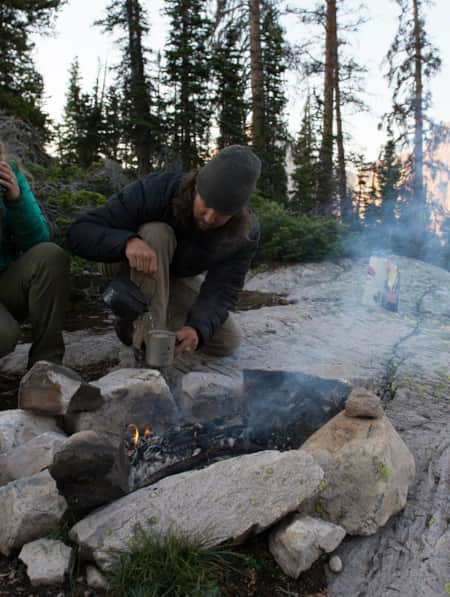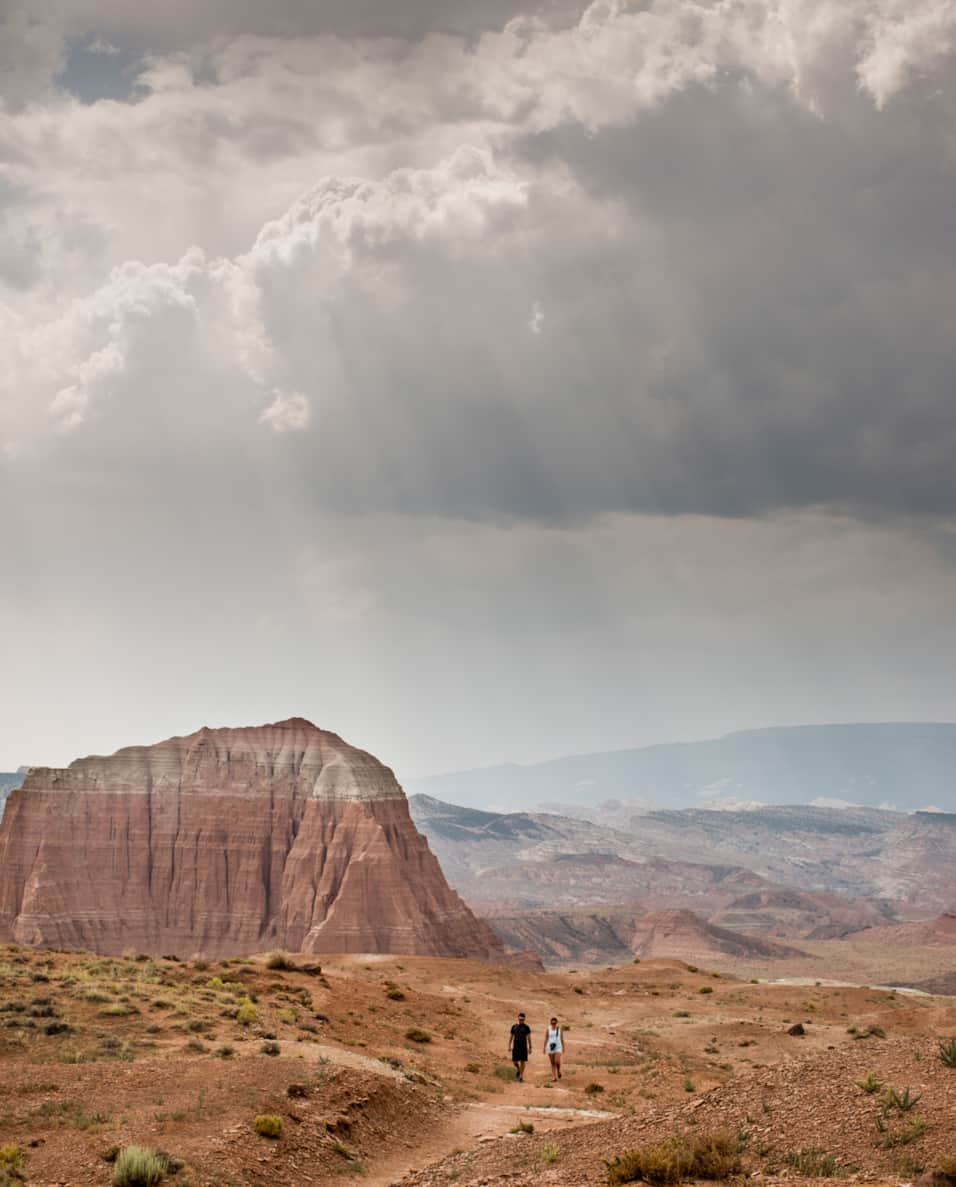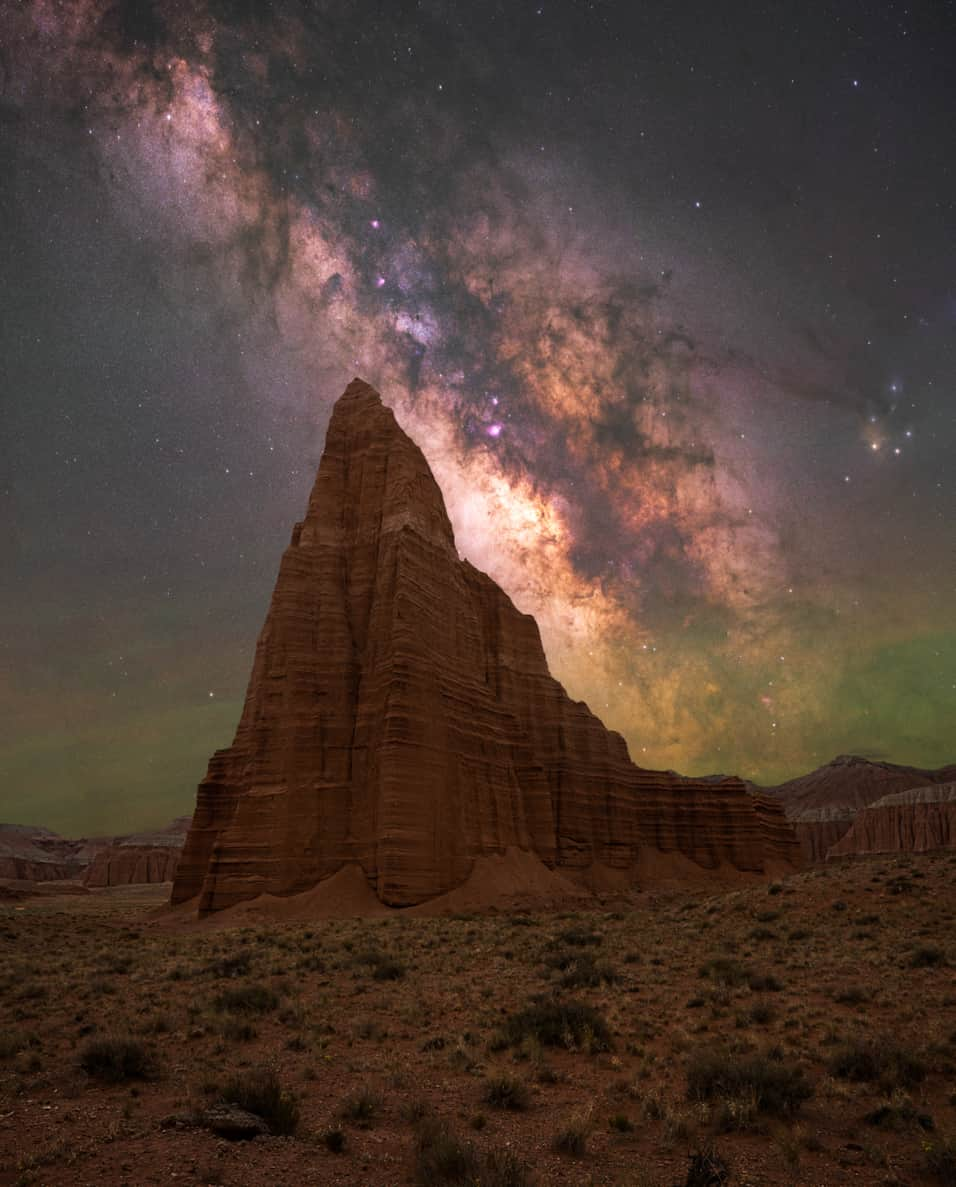Where To Camp in Winter
The most popular winter camping destinations are found in the temperate, arid desert climate of Southern Utah. Although there are a few winter camping opportunities in Central and Northern Utah, it is much colder, and roads can be impassable due to heavy snowfall and icy terrain. Camping in or around Utah’s national parks in winter gives you front-row access to the best outdoor recreation without the usual summer crowds. The first major consideration for where to camp in winter is choosing to stay in your tent, car or RV. If roughing it isn't quite in your purview, check out some of the unique glamping options throughout the state.
Winter Gear Essentials
The first rule of winter camping is to make a list and check it twice. Having the right clothing and gear means you can spend less time dealing with soggy meltdowns (from kids or adults), and more time enjoying the trip. Go over your packing checklist before you leave to make sure you’re prepared with the following items:
- Warm Clothing – Layering up is crucial when camping in Utah, where temperatures can change drastically throughout the day. Opt for synthetic or wool materials over cotton to trap in heat and repel moisture. Bring hand and toe-warmers, and a serious jacket. Pack warm socks, hats, jackets, gloves and lighter layers for the daytime.
- Tent – 4-season tents are needed for campers who expect to face harsh weather conditions. Always bring a tarp or rain fly to insulate and waterproof your tent. When heading on a camping trip during any season, do a test run and set up your tent at home before you leave.
- Sleeping Mat – A roll-up or inflatable sleeping pad will lift and insulate you from the frozen ground. With the days getting shorter during the winter season, you will be spending more time cozied up in your tent. Make sure you have a warm, comfortable setup for when the sun goes down and temperatures drop.
- Fire Supplies – Campfires are the iconic symbol of any great outdoor excursion, but during the winter your fire is also an essential source of heat. Stop at the local ranger station on your drive in to check if the area has any fire regulations. Bring kindling, matches, a lighter and plenty of firewood.
- Camp Stove – Eating cold or fire-cooked meals can get old pretty fast on a long camping trip. A camp stove, or even a single burner, opens up a whole new world of camping cuisine. Plus, it can be used to boil snow for extra water. White gas or liquid fuel stoves perform better than canister stoves in winter conditions.
This is just a list to get you started — you should cater your checklist to your mode of backcountry travel, personal preferences and considerations such as weather, difficulty, duration and distance from emergency services. If it’s out of your comfort zone, look for guided offerings to start.
More Winter Camping Tips
- Bring your water inside the tent at night to prevent it from freezing. Thawing out water for coffee in the morning is fun for no one.
- The days are much shorter during the winter so make sure to pack headlamps and lanterns, extra batteries and games to play once the sun goes down.
- Your body burns extra energy to keep you warm during winter, so add high calorie snacks and meals to your shopping list. Besides, everyone knows that calories don’t count when you’re on vacation.















